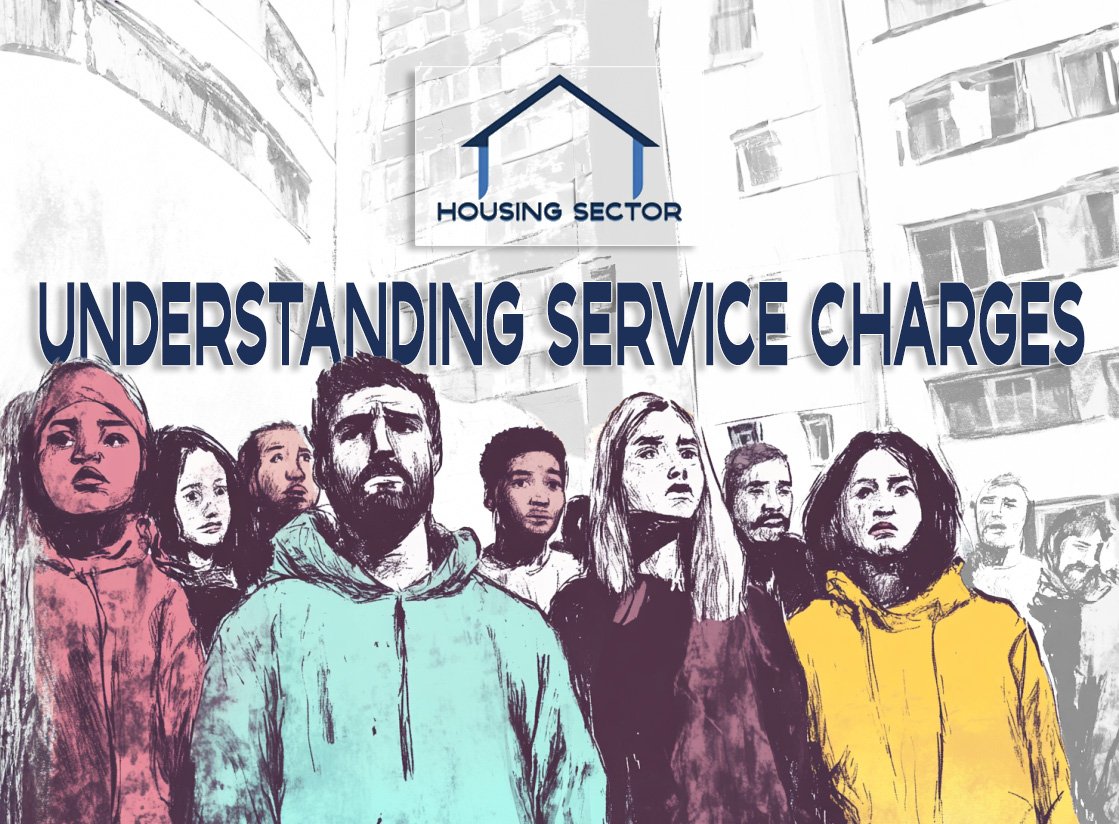
Chartered Institute of Housing: Spin. Silence. Repeat.
When I was first slapped with a so-called contact management plan—what it really was, was a communication ban—I was shocked. GreenSquareAccord stopped me from emailing staff, blocked me from sharing updates with leadership, and told me that copying in multiple people “muddied the waters.” It was the beginning of an institutional gag order.
And it came from a housing association that prides itself on “listening to the voice of the tenant.” Apparently, that only applies if your voice says things they want to hear.
At first, I thought it was just GSA’s internal tactic. But I soon realised it was part of something much bigger. What started as one housing association’s censorship revealed a culture that runs deeper—into the very institutions that claim to regulate and reform the sector. I’m talking about the Chartered Institute of Housing (CIH).

Understanding Service Charges (again)…
Service charges enable the maintenance and management of shared spaces within residential developments—in theory, at least. However, there is a growing concern regarding service charge abuse, leaving many residents questioning the fairness and transparency of these fees. Service charges should reflect the services provided, from cleaning and maintenance to utility costs and repairs. Yet when these agreements are mismanaged, residents bear the burden of rising costs for inadequate services. When services aren’t delivered, leaving residents to pay for something they don’t receive, one could call it fraud. With little oversight, these charges are increasing to levels that are making affordable housing quickly become unaffordable.

The Impact of using Communication Plans to Silence Residents
Communication is a critical component of any healthy relationship, and this is especially true in the context of housing, where residents rely on effective communication with their providers to ensure a safe, comfortable, and secure living environment. Communication plans are often developed by housing providers to outline the strategies, goals, and objectives for effective communication with residents.
Unfortunately, some housing providers have been accused of using communication plans to limit or even silence resident voices. When communication plans are used as a tool to suppress resident feedback and limit communication channels, the impact on residents can be severe. Silencing residents can create a lack of trust, a sense of helplessness, and can result in serious health and safety risks.
